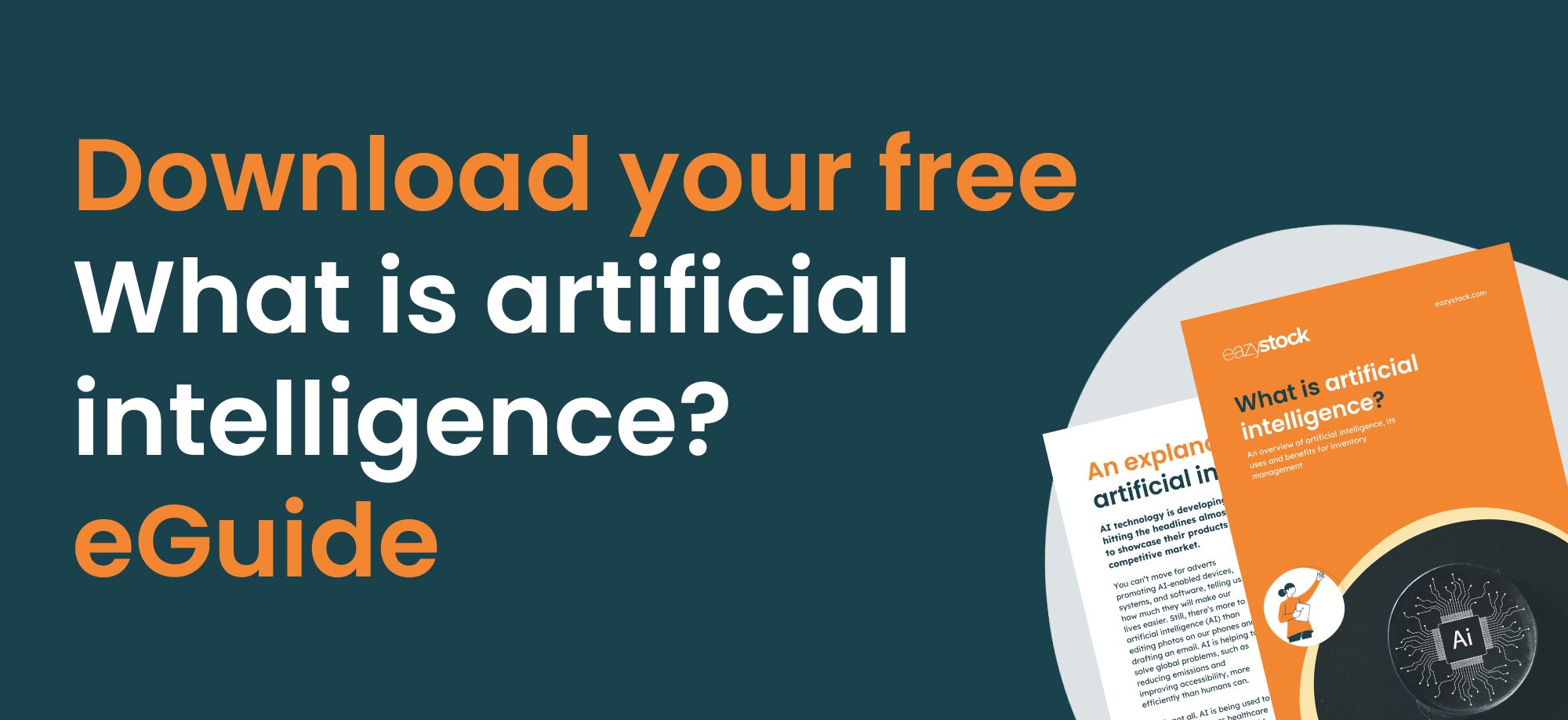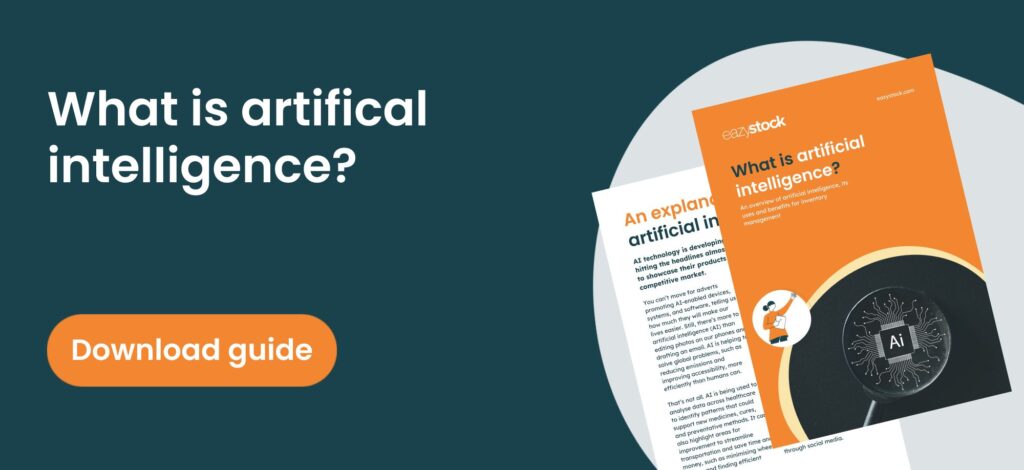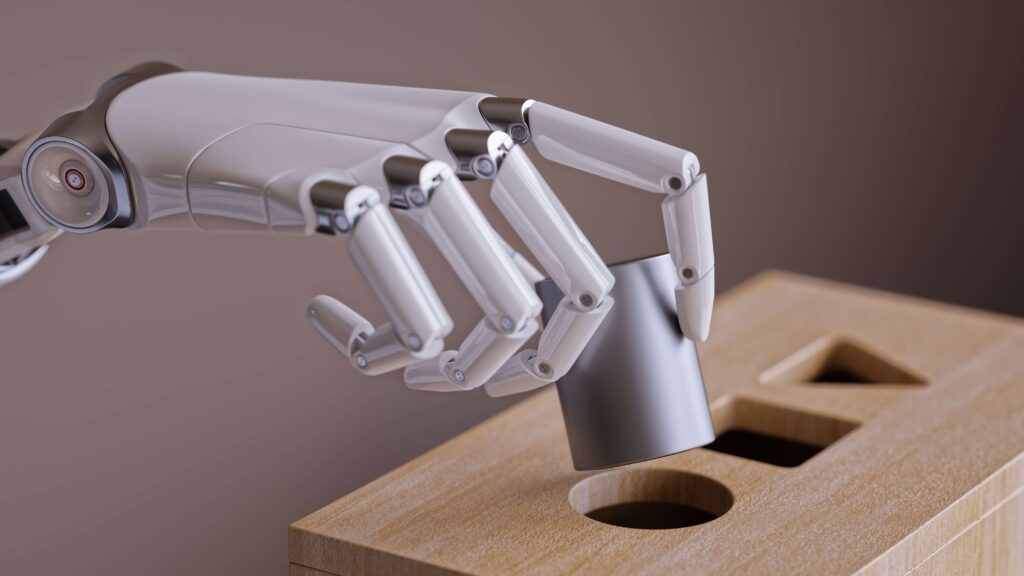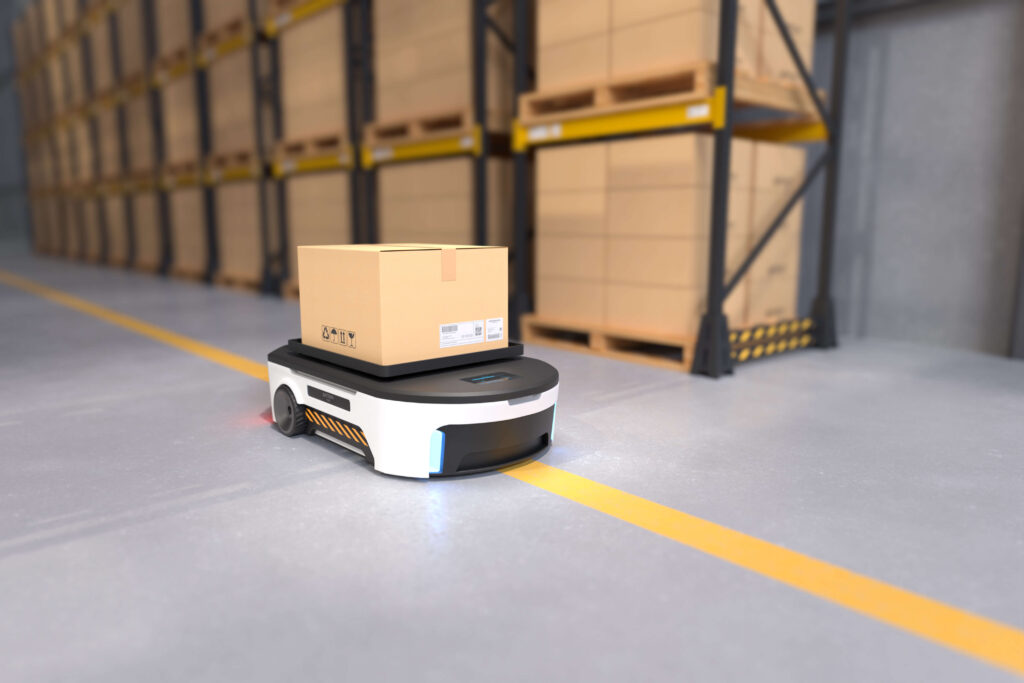What is artificial intelligence?
AI technology is developing rapidly, with new features hitting the headlines almost daily as companies jostle to showcase their products in an increasingly competitive market.
You can’t move for adverts promoting AI-enabled devices, systems, and software, telling us how much they will make our lives easier. Still, there’s more to artificial intelligence (AI) than editing photos on our phones and drafting an email. AI is helping to solve global problems, such as reducing emissions and improving accessibility, more efficiently than humans can.
That’s not all. AI is being used to analyse data across healthcare to identify patterns that could support new medicines, cures, and preventative methods. It can also highlight areas for improvement to streamline transportation and save time and money, such as minimising wheel friction and finding efficient driving routes.
AI can improve manufacturing efficiency by using robots and analysing production lines to identify bottlenecks and better working methods.
Even as we write this article, Word suggests words and sentences using artificial intelligence to make writing easier.
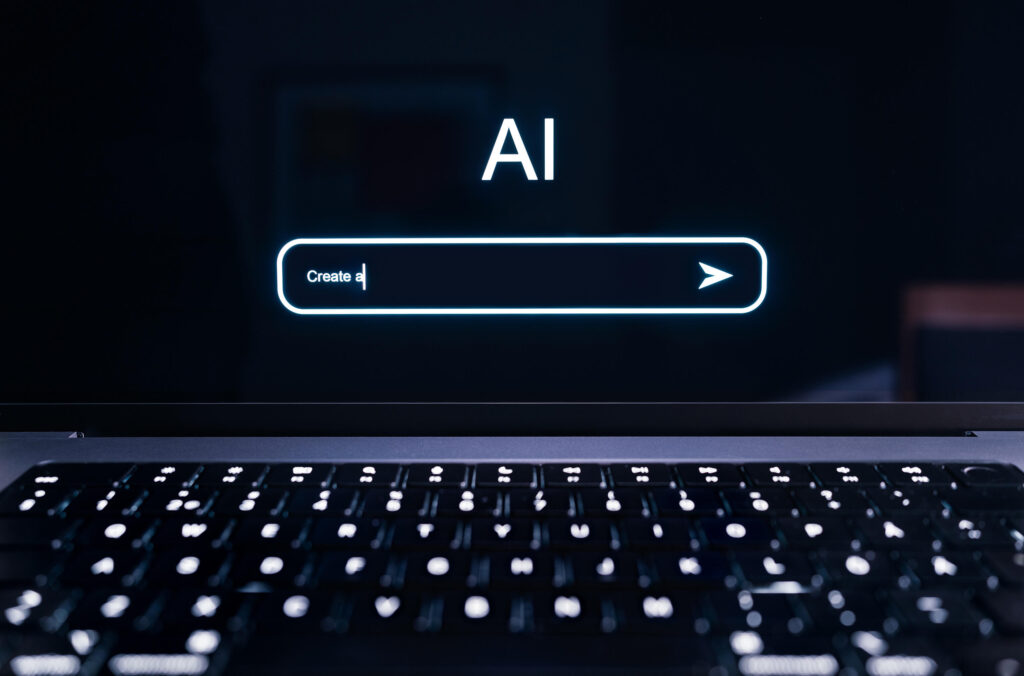
While there are many positives to AI, there are also some negatives. In the wrong hands, AI can mislead and manipulate people’s opinions. For example, by using AI-generated content that uses fake imagery, videos and voices to create false information and deepfakes, which are then shared online and through social media.
With so many areas to consider, there’s a lot to take in and understand about AI. In this article, we will break down some AI basics to make them easier to understand so you can decide how to use it to improve your work and home lives.
Our Guide goes into detail about AI, covering the following areas:
- What is artificial intelligence?
- How does artificial intelligence work?
- How does artificial intelligence learn?
- Supervised learning
- Unsupervised learning
- Reinforced learning
- Semi-supervised learning
- Transfer learning
- Self-supervised learning
- What can artificial intelligence be used for?
- Machine learning
- Deep learning
- Natural language processing
- Expert systems
- Robotics
- Machine vision
- Speech recognition
- Will artificial intelligence replace humans?
We also provide some examples of how you can use AI to enhance your inventory management operations.
Find out more by downloading our free Guide.
